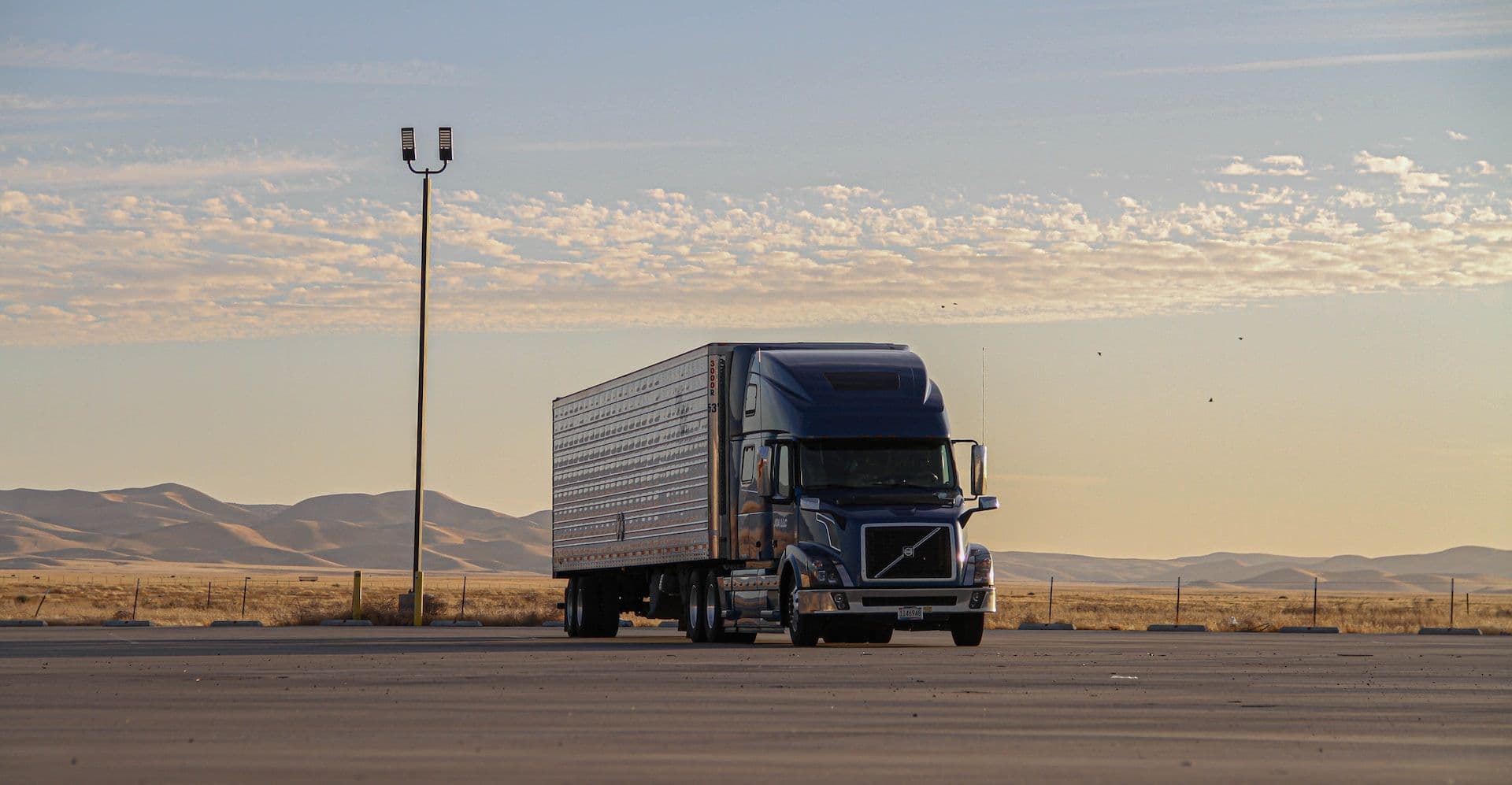Understanding the First Impact of Tariff on Diesel Prices in New England
New England is set to become the first region in the U.S. to experience the impact of a 10% tariff on Canadian crude and refined product exports. This change is likely to influence prices at the pump significantly.
While Canada supplies a significant amount of crude oil to the U.S., the immediate effects are expected to be most visible in New England due to its reliance on Canadian refined imports from refineries in Eastern Canada. In December, the region designated as PADD 1, which spans the East Coast, imported over 1 million barrels daily from Canada, suggesting New England is a primary recipient.
Early Indicators from Irving Oil
The first substantial indicator of this shift came from Irving Oil, a major supplier in the region. Patrick DeHaan from GasBuddy and Tom Kloza from OPIS reported that Irving Oil had increased wholesale diesel prices by about 20 cents per gallon, aligning with the tariff's expected impact despite stable futures prices of ultra-low sulfur diesel.
Market Speculations and Supplier Strategies
The increase in diesel rack prices could lead other suppliers to either match Irving's prices or seek non-tariff sources, offering a competitive edge over Canadian imports. These decisions could shape the regional market dynamics significantly.
Supply Line Rearrangements
New England's heavy dependence on Canadian imports might necessitate new supply routes. Possibilities include redirecting Canadian exports to Europe and increasing U.S. imports from European sources, which, while avoiding tariffs, introduces shipping inefficiencies and costs.
Fuel Surcharge Implications
The tariffs could exacerbate fuel surcharge calculations, with New England's prices potentially outpacing national averages. The discrepancies might lead to complications in accurately reflecting a carrier's operational costs.
Broader U.S. Impact
While New England braces for the immediate effects, other regions like PADD 2, reliant on Canadian crude, may see delayed impacts. Given the complex logistics networks, including pipelines and tanker routes, adjusting supply lines across the country will require strategic navigation.
As this situation evolves, stakeholders in both government and industry must collaborate to ensure both economic and energy security while minimizing the broader impact on the economy. Stay updated through our Help Center.

